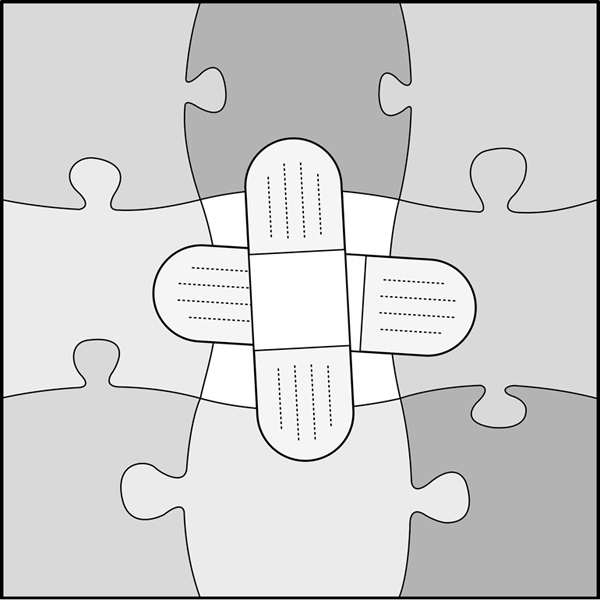My husband and I didn’t notice the scar right away. When we first met our daughter, Maya, at 13 months old, she was crying so hard that neither of us wanted to do anything that would further upset her.
So we refrained from the inspection every new set of parents wants to conduct: Check their kiddo for 10 fingers and 10 toes; count moles; kiss the freckle on their upper arm. It took everything I had not to do a full-body sweep in those first hours.
Finally, bath time came. I saw the fine down on my daughter’s back, the scattering of light spots that could be moles, freckles, or, as the pediatrician suggested later, chicken pox scars. I saw her perfect belly button — the part that connected her, literally, to her birth mother. And I saw the second toe on her left foot, noted how it sits above the rest of her toes, defiantly. But I didn’t see the scar.
It wasn’t until the day we visited Maya’s orphanage that we discovered the scar. The orphanage director gave us a CD loaded with photographs of our child — an amazing gift, for which we’ll always be thankful.
As soon as we got back to our hotel room, we started up our laptop and clicked on picture after picture of Maya, watching her evolve from a tiny baby to a pre-toddler. The orphanage had even included a picture of us holding Maya, so that the effect was a continuum — Maya as a newborn, Maya through the seasons, Maya the morning she met us, Maya in our arms.
There was one picture, taken when Maya was 11 months old, that caused us both to pause. She was on her stomach and we could clearly see a big, raised scar on the back of her right leg. I remember pointing at the picture: “What’s that!?” We looked at each other, then went over to Maya and pulled up her pant leg. And there it was, the scar, healed over.
People have mixed reactions to scars — some are fond of their scars, and see them as souvenirs of struggle. Some see them only as disfigurements. But most of us have the luxury of at least knowing the stories behind our scars. And when people ask, as they always do, “Where did you get that scar?” we can tell that story.
I have a nasty vaccine scar, and I remember a doctor digging with a needle, my mother yelling, upset. I have a scar on my stomach, where my brother bit me and wouldn’t let go. Scars bring back memories, they remind us of pieces of our lives and serve as “proof” that we were there.
At first, seeing Maya’s scar, I was concerned. And I still am. What kind of object could have made that scar? What branded my baby? But even if a doctor one day can tell us what made that mark, we still won’t have the full story. Did Maya cry for a long time? Who comforted her? Were her caretakers worried? What happened to my child?
I wonder what Maya will do with this lack of knowledge. Some day, perhaps, someone will trace the scar’s outlines and ask her how she got it. But she will have no answer, only a picture of the wound at a nastier stage. She has a mark on her body with no story attached, no way of knowing how it got there.
And yet, my daughter’s scar is a small mystery when compared to the mystery of her origins and birth family. It is only a tiny piece of the picture, a picture that is fuzzy at best.



